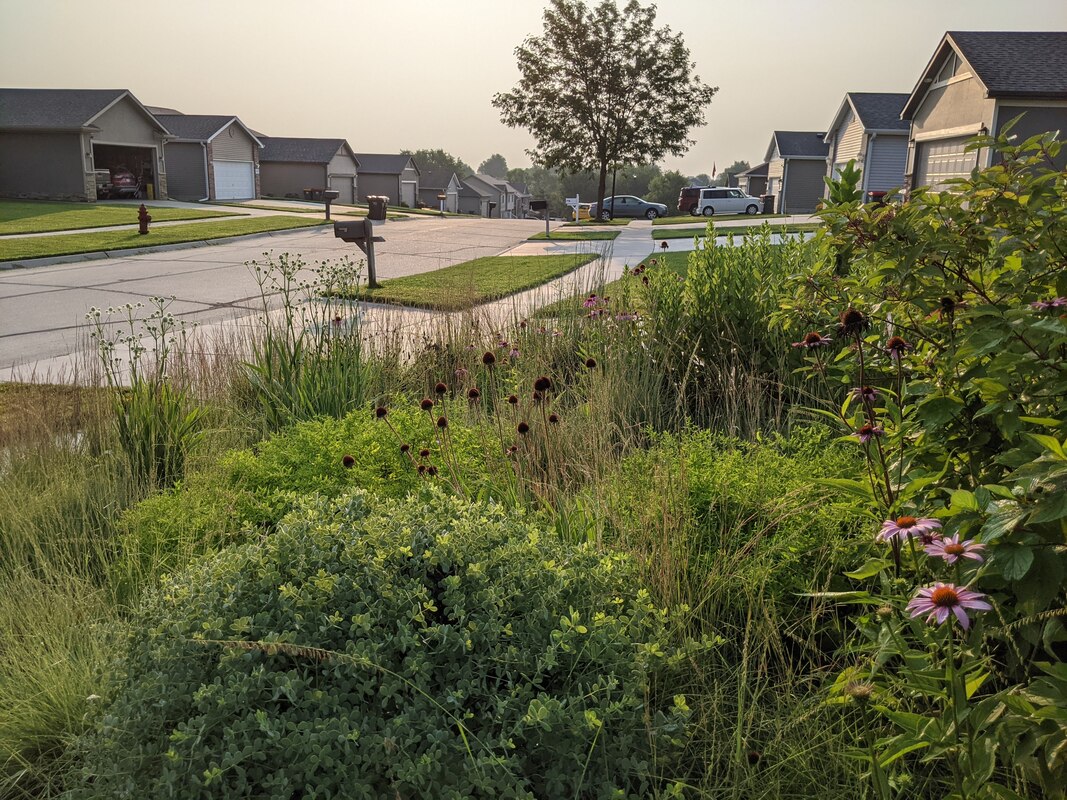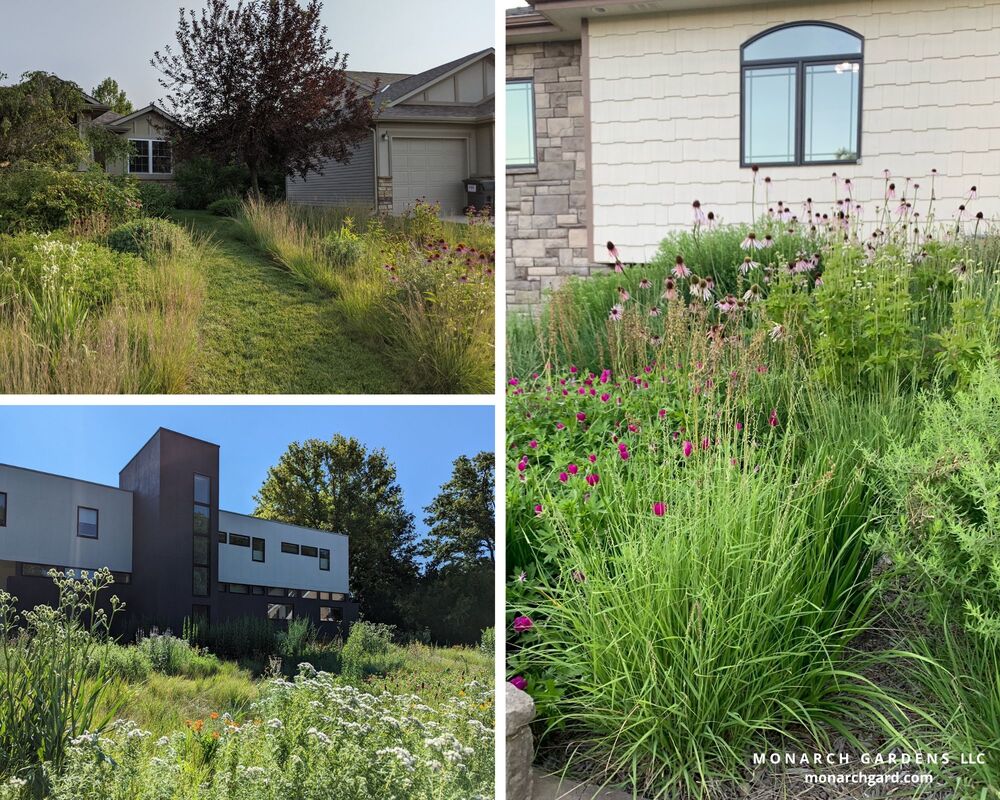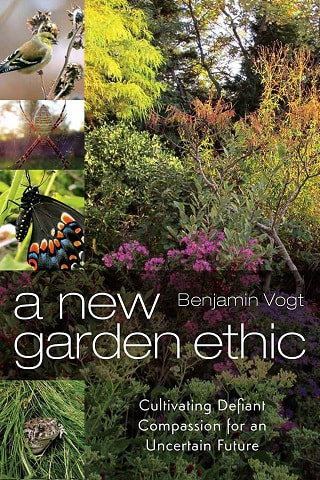And I think for many, using a plant sociability index might be really helpful. If there's one thing that might be the most helpful, and certainly if the above lists feel daunting, this one might be it. Because let me tell you, the most issues for new, native plant, natural gardening folks is choosing the wrong plant for the wrong place, and in most cases that means a plant that grows too fast, gets too tall, spreads too easily. And while most plants will behave differently in a more manicured home garden than in the wild, we can still create a general baseline of behavior.
A commonly-used sociability rating or index may go something like this:
1 -- the plant is primarily a behaved clumper that stays where it is, only growing in stature over time
2 -- the plant will creep or self sow lightly
3 -- creeping is moderate or self sowing is more liberal but it won't take over
4 -- give it 5 years and the plant will easily dominate the landscape
There are caveats, as you can well imagine. Plants will perform differently in a home garden where there's less competition above AND below the soil line; in a wild prairie or meadow, for example, there could be dozens of species in one square foot. In our garden beds? Maybe just a few, too often simply 1-2. These plants, used to be being shorter or unable to reproduce as easily in the wild, will look at your more spacious and liberating bed and think "oh yeah baby, this is the life, booyah." And other specific cite conditions can influence plant behavior. For example, clay soil -- even dry clay soil -- can be a great equalizer. Why do plants flop? It's often because there's not enough competition (it's not about buttresses).
Let's look at some example species. You may not be familiar with them, they may not be native to your zipcode or ecoregion, but you're likely to know of cousins. Right now, we're speaking from where we know -- eastern Nebraska, urban landscapes, tallgrass / mixed grass / riparian woodland edge.
Level 1
Carex albicans
Baptisia minor
Heuchera richardsonii
Liatris aspera
Thalictrum dioicum
Level 2
Carex pensylvanica
Bouteloua gracilis
Echinacea purpurea
Pycnanthemum virginianum
Zizia aurea
Dalea purpurea
Symphyotrichum oblongifolium
Callirhoe involucrata
Asclepias tuberosa
Monarda bradburiana
Penstemon cobaea
Level 3
Conoclinium coelestinum
Symphyotrichum laeve
Rudbeckia hirta
Schizachyrium scoparium
Senna hebecarpa
Level 4
Sorghastrum nutans
Andropogon gerardii
Helianthus maximiliani
Asclepias syriaca
Physostegia virginiana
What plants do you not want in a small urban front yard lawn conversion? Level 4, and level 3 if you don't have good plant density. What DO you want for sure? Level 1 and 2.
Another strategy is to plant like with like. So use all level 1 and 2, or use all level 3 and 4; the latter would be ideal to fight against aggressive or invasive exotic species. Once again, plant behavior is not a hard and fast rule -- we aren't working with parts to a bicycle here, but living organisms whose lives are partially dictated by the environment and climate and weather they find themselves in (just like us!). A level 3 plant may act more like a level 2 plant if the site conditions are outside what it prefers and / or if plant competition, layers, and community are thick and diverse. Take Conoclinium coelestinum, which prefers loam or loamy clay with medium moisture in 50-75% sun; put it in drier clay and it's much less aggressive (maybe even suffering a bit in August right before it blooms if it's a drought year).
So there you go. A primer on plant sociability rankings. These will vary by region and even micro climates and ecotype, but they can help provide a more cohesive, general baseline to work from -- much better than a plant tag. Over time, you're observations will help you create your own site-specific rankings to use for the rest of your life.




 RSS Feed
RSS Feed

